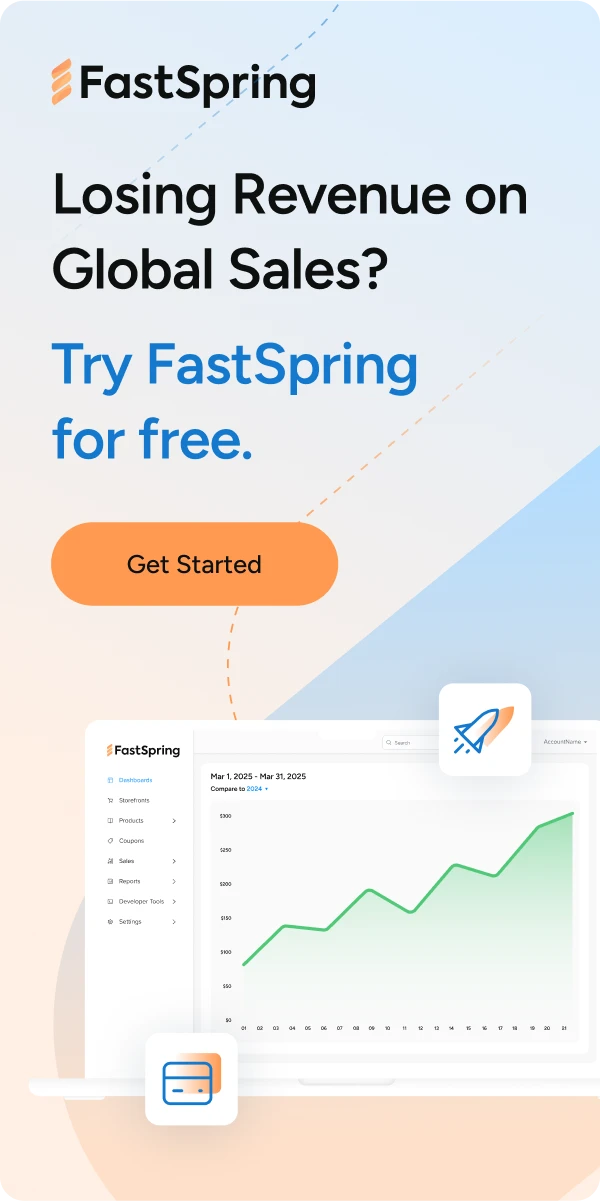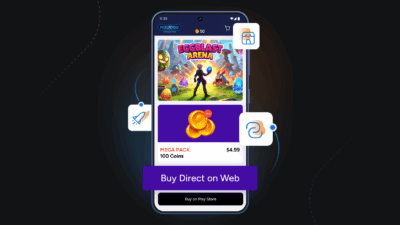In any ecommerce business, it’s important to optimize your customer’s shopping experience while simultaneously increasing profits. According to Forrester Research analyst, Sucharita Mulpuru, offering your customers the option to add an additional item to their cart can increase revenue by up to 30%. This figure should encourage even the most reluctant ecommerce store owners to give their shopping carts another look.
In truth, the cross-sell has been around long before the days of ecommerce. Convenience stores have practically mastered the art of both cross-selling and upselling. However, cart cross-selling in the SaaS space is a little more complex than simply placing a pack of gum near the cash register. In this blog post, we’ll discuss how you can increase your share of wallet by introducing checkout strategies that boost sales figures.
The ecommerce cart as a revenue generator
Gone are the days of merchants using their ecommerce carts solely to facilitate transactions. For companies that understand the potential for additional revenue, the opportunity to boost sales during checkout is simply too good to ignore. For example, offering bundled protection plans, support subscriptions, or product training on items in their carts creates enormous value in the minds of your customers.
Many companies use interstitial pages that round up customers’ selected products, complemented by suggestions for software add-ons or other packages. A customer who might not have thought about a particular suggestion will, at the very least, consider the additional purchase if their budget allows. Without the option in their ecommerce cart, that chance at additional revenue wouldn’t even exist.
Price similarity is a key ingredient
Access to customer purchase history can give you insights on how to go about your cross-selling efforts. For instance, looking at past purchases can reveal new products or additional modules that your customers might be interested in. It can also inform you of their spending capacity, as they may consistently choose cheaper, less feature-rich products over others. These insights will allow you to position your cross-sells in a way that is relevant both in terms of usability and pricing.
Context is king
To use your ecommerce cart as an effective cross-selling opportunity, it’s important to categorize similar products and their pricing. Suggesting expensive gaming software to complement a customer’s low-budget accounting package will be more than a little tough to sell – it’s effectively a stab in the dark. Furthermore, unrelated product suggestions can leave a negative impression and result in the worst possible outcome: an abandoned cart. This highlights the importance of contextualizing the customer’s checkout experience according to their unique preferences, interests, and budget.
Create value, don’t manipulate
One of the easiest ways to lose out on an ecommerce cross-sell is to make your customers feel that you’re only out for a quick buck. Communicating the value of your suggestion is essential, and requires an understanding of your customers’ needs, their specific reasons for buying a product, and how they can get the most out of it.
Your product suggestions should have a direct relationship to the items they already have in their ecommerce carts, with a proven value proposition that communicates why it’s in their best interest to take you up on the offer. Don’t push the sale – communicate the value to them instead. Pushy salespeople weren’t popular in brick and mortar stores and are even less effective in the digital sphere.
Don’t give up on abandoned carts
An abandoned ecommerce cart can provide useful insights into how companies can improve product suggestions to their customers. Using information like past purchases and product interests, software companies can build customer profiles that indicate how best to suggest products to particular individuals.
Practically every SaaS ecommerce platform will provide you with some level of remarketing capability. While some will have built-in remarketing tools, others may offer integration with 3rd party applications that plug into your ecommerce platform. Use these tools to turn abandoned carts into opportunities to entice customers back to complete or augment their purchases.
Increase opportunities for revenue with the right solution
At FastSpring, we help SaaS companies break through the barriers that prevent them from maximizing their share of wallet. As an essential ecommerce growth partner, we provide our customers with end-to-end solutions that include customizable stores, customer service solutions, cart optimization tools, fraud prevention, and cross-border sales of their software products and associated services. Turn your SaaS store into the go-to place for customers and new leads with a solution that brings your revenue targets into sharper focus. To learn more, contact us today.









